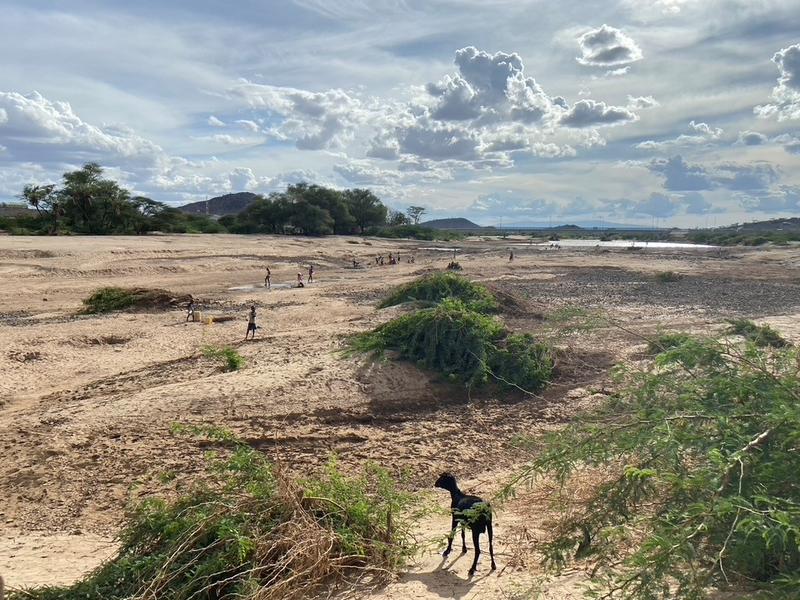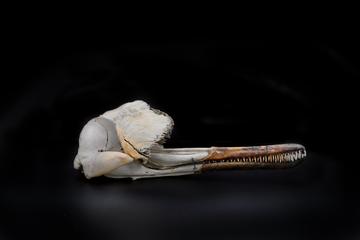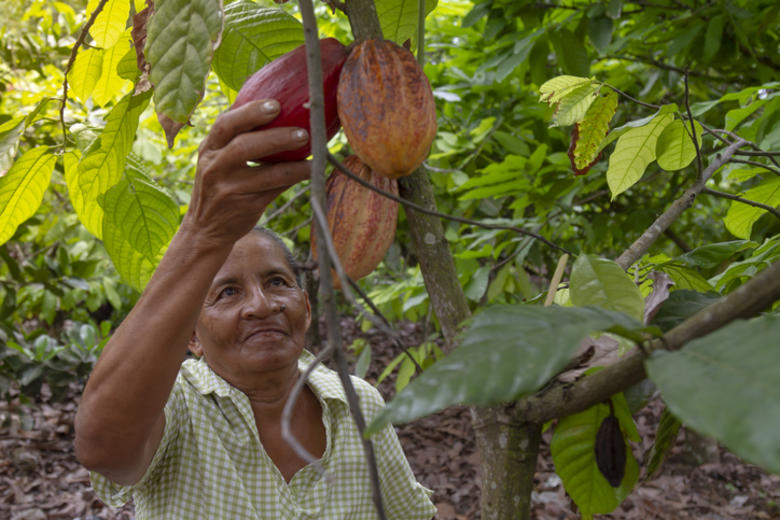NEW EXHIBITION CONSIDERS GLOBAL WATER EQUITY

NEW EXHIBITION CONSIDERS GLOBAL WATER EQUITY
Fair Water: the new research-based exhibition at Oxford’s Museum of Natural History, offers unique insights into our relationship with water
Published: 23 November 2023
Share this article
From its core to its atmosphere, Earth is soaked in water. But just 3% of this is drinkable and a quarter of the Earth’s population has no access to clean water. With global average temperatures increasing and extreme weather events affecting more people more frequently, water has ever greater power to hold our lives in the balance.
Fair Water?, the new research-based exhibition at Oxford’s Museum of Natural History, offers unique insights into our relationship with this vital element, revealing how communities, scientists and policy-makers are working to create a fairer water future.
The exhibition tells the story of the complex journey taken by our water, from river source to mouth, rainfall to drinking glass – a process easily taken for granted in the UK. Through the lens of communities in Kenya, Ethiopia and Bangladesh, the exhibition examines current approaches to water management and how communities and engineers are working to provide access to drinking water and protection against hazards like floods and droughts.

Visitors are invited to watch how heavy rainfall near a dam sets into motion a string of decisions that keep populations safe from flooding. An engaging design and hands-on experience will immerse people in the world of water and invite them to relate to the experiences of those who face water insecurity. By following the course of a river, visitors will be guided through a broad range of topics from geology to weather prediction and governance, and will see the real objects people use to manage their water. Tools like jerrycans and hand pumps will control a display about water access, and by turning a water wheel, visitors will be able to match pollutants and their sources.
Fascinating specimens from the Museum’s collections will illustrate the effects of climate change and pollution on aquatic wildlife and farming livestock. Skeletons of the vanishingly rare Ganges River Dolphin, a Helicopter Catfish and a Fishing Cat will feature in a display about drought and water pollution; while specimens of British freshwater fish and insects will demonstrate what ecosystems, and individual species can tell us about the health of rivers.
A striking photographic series by renowned Ethiopian photographer and contemporary artist, Aïda Muluneh will be a highlight of the display. Currently starring in Tate Modern’s A World in Common exhibition, Muluneh’s series, WaterLife, was commissioned by Water Aid and responds to the undeniable impact of life without clean water on women’s lives and futures.
FAIR WATER? The Inequality Below the Surface, 21 November 2023–1 September 2024
Picture credits:
Listing image: Water Life Series, Burden of the Day, 2018, by Aïda Muluneh.
© Aïda Muluneh. Commissioned by WaterAid and supported by the H&M Foundation
Leading image: Lodwar dry river bed
Extreme water events like floods and droughts threaten lives and livelihoods of people, livestock and wildlife. Lodwar, Kenya, exists on a knife edge between too much water, and too little. Researchers and the Kenyan government are working to improve weather forecasting and monitoring in the region, create flood maps along the river, and improve communication of flood risk with the residents of Lodwar. Photo: © REACH
Image in feature: Shushuk, Ganges River Dolphin (Platanista gangetica), skull
Dolphins are at the top of the river food chain in Bangladesh, and pollutants that kill the fish that they rely on for food also build up in the dolphins’ tissues causing long term health problems like infertility, and death. Although these dolphins are considered indicator species and a measure of the health of the river ecosystem, their declining numbers tell us that the Ganges-Brahmaputra-Meghna ecosystems are in trouble. Photo: © Oxford University Museum of Natural History















